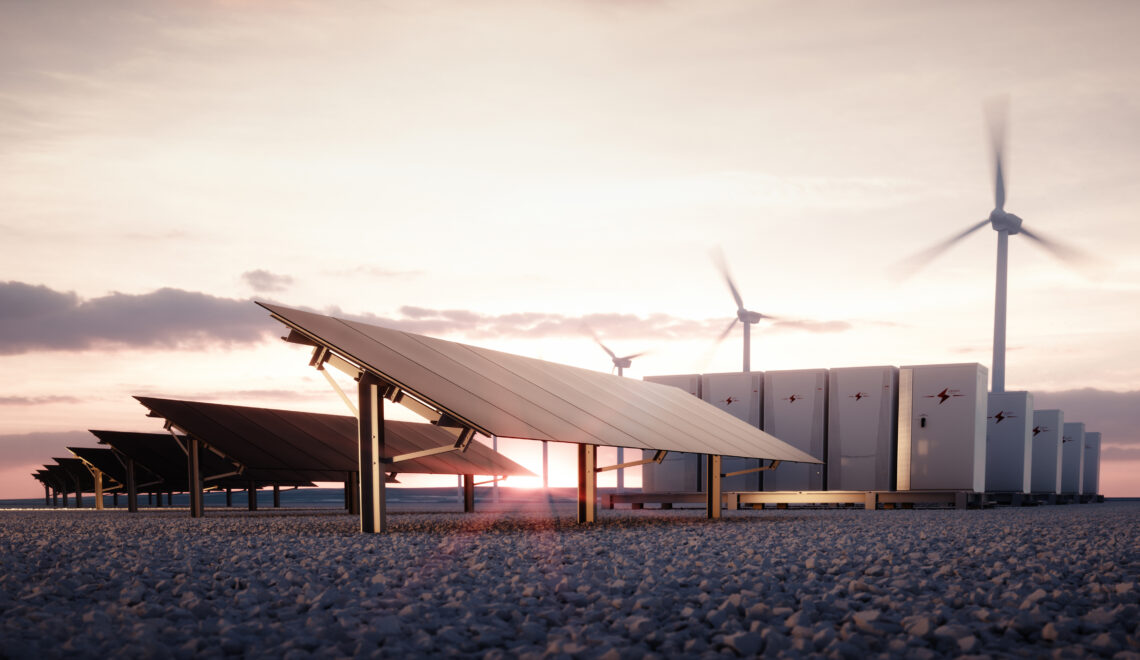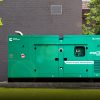The next energy revolution is already here. The leaders in the energy sector, both public & private, are acquainted with the fact that our future energy systems must be clean and low carbon to ensure sustainable development. When it comes to future energy systems, one must be aware of the terms like Solar, Wind, Hybrid Energy Solutions, Battery Energy Storage Systems (BESS), and most importantly, Hydrogen.
All these are examples of renewable energy. Ultimately, we need a system to store this energy to meet the demands of peak hours. That’s where the Battery Storage Energy System, becomes a critical part of the entire ecosystem of energy production to its ultimate usage.
Now let’s understand what BESS or lithium-ion battery is all about and how it will solve the bigger problem of intermittent power supply and grid instability. We will analyze how it can eliminate demand charges from a company’s utility bill or provide reliable emergency power backup.
A Battery Energy Storage System (BESS) is a source of energy retention system that relies on batteries for its storage. The system is more than just a lithium-ion battery; it also involves other elements to link the battery to the power grid. It is highly useful during transmission and distribution infrastructure deferral, energy frequency regulation, demand response, integration of other power sources and micro grids.
Battery storage technology has a key part to play in ensuring homes and businesses can be powered by renewable energy even when the sun isn’t shining or the wind has stopped blowing.
Furthermore, a BESS is a very complex system and comprises many hardware components and low-level and high-level software.
Lets look at the composition of the BESS:
A Battery System: It simply contains individual battery cells that follow a chemical energy conversion into electrical energy. Cells are arranged in a module to form lithium-ion battery packs in the system.
A battery management system (BMS): A BMS is responsible for the safety of the entire battery system. It precisely monitors the condition of battery cells on the factors like state-of-charge (SOC) and state-of-health (SOH) and prevents any upcoming breakdown.
An inverter or a power conversion system (PCS): The system is responsible for converting direct current into the alternating current for supply to the facilities. It is to be noted that inverters in Battery energy storage systems have dual functionality that allows for both charging and discharging.
An energy management system (EMS) monitors and controls the entire renewable energy flow within a battery storage system. Here, EMS coordinates the work of a BMS, a PCS, and all the other components of a BESS. An EMS system analyzes all the collected energy data and manages all the producer energy.
“In India, the battery energy storage systems market is expected to rise at a CAGR of approximately 10.5% during the forecast period of 2022-2027.” (Source: Mordor Intelligence)
Technology Perspective: Have a look at what is inside the Battery Energy Storage System
Each energy storage unit has multiple components: Battery modules (depends on the applications), multiple sensors, a controlling unit, and an inverter. On the one hand, a separate inverter is used for DC-coupled units. On the other hand, the inverter is integrated into the system in AC-coupled units.
The purpose of using multiple battery modules is to prevent the failure of an entire energy storage unity if one module fails. It can swap swiftly with no downtime.
When it comes to sensors, it ensures operation safety and allows for remote monitoring. The onboard sensors help maintain the optimal temperature, monitor the lithium-ion battery module failure, and report the usage.
Control components ensure the smooth setup of energy storage systems and perform efficiently without any ongoing user intervention. For instance, batteries can be configured to charge when the tariff is low and discharge automatically when the tariffs are high, and store energy in case of surplus energy production.
Integrated inverters make the installation easy and inexpensive. The lithium-ion batteries have built-in cooling systems for continuous supply, scalable architecture, and long-term efficiency.
Applications – What Energy Storage Can Do
Battery Energy Storage Systems have multiple applications. Here are some commercial applications for your reference:
Peak Shaving: In any commercial setup, peak shaving is among the most important application. For businesses on demand charge utility tariffs, between 30% and 70% of the utility bill may be demand charges. Solar PV arrays can’t suffice for any business requirement. The job of the BESS is that no power above a defined limit will be used from the grid during peak hours. In a nutshell, here, the potent mix of Solar PV + Storage can fend off the concern of demand charges and high commercial utility bills to zero.
Load Shifting: The Battery Energy Storage Systems equip businesses to shift energy usage by charging batteries with solar energy or when electricity is cheapest and discharging batteries when it’s more expensive. This is more particularly applicable for businesses in rural electric cooperatives that don’t have net metering set up on an annual basis.
Emergency Backup: The system is a perfect solution to do away with the intermittent power supply and keep operations intact during power cuts. Simply, it works like an uninterruptible power supply (UPS) for your electronic machines.
Microgrids: The system comes with the capability to build microgrids with renewable energy supply.
Grid Services: The li-ion batteries can support multiple applications, including reserve capacity, grid stability, and frequency regulation.
BESS: Transforming Our Energy Future
Jakson believes that Battery Energy Storage Systems will radically transform how we use and interact with energy. It will open the doors to a great diversity of energy options if we envisage it with the right innovation and mind set. The government has already allocated Rs 24,000 crore PLI of solar PV module and unlocked manufacturing capacity and will attract Rs 4 lakh crore of capital expenditure over the next five years. So if public and private players work and collaborate on a single roadmap, it will make renewable energy usage a feasible and easy option for more homes and businesses.








